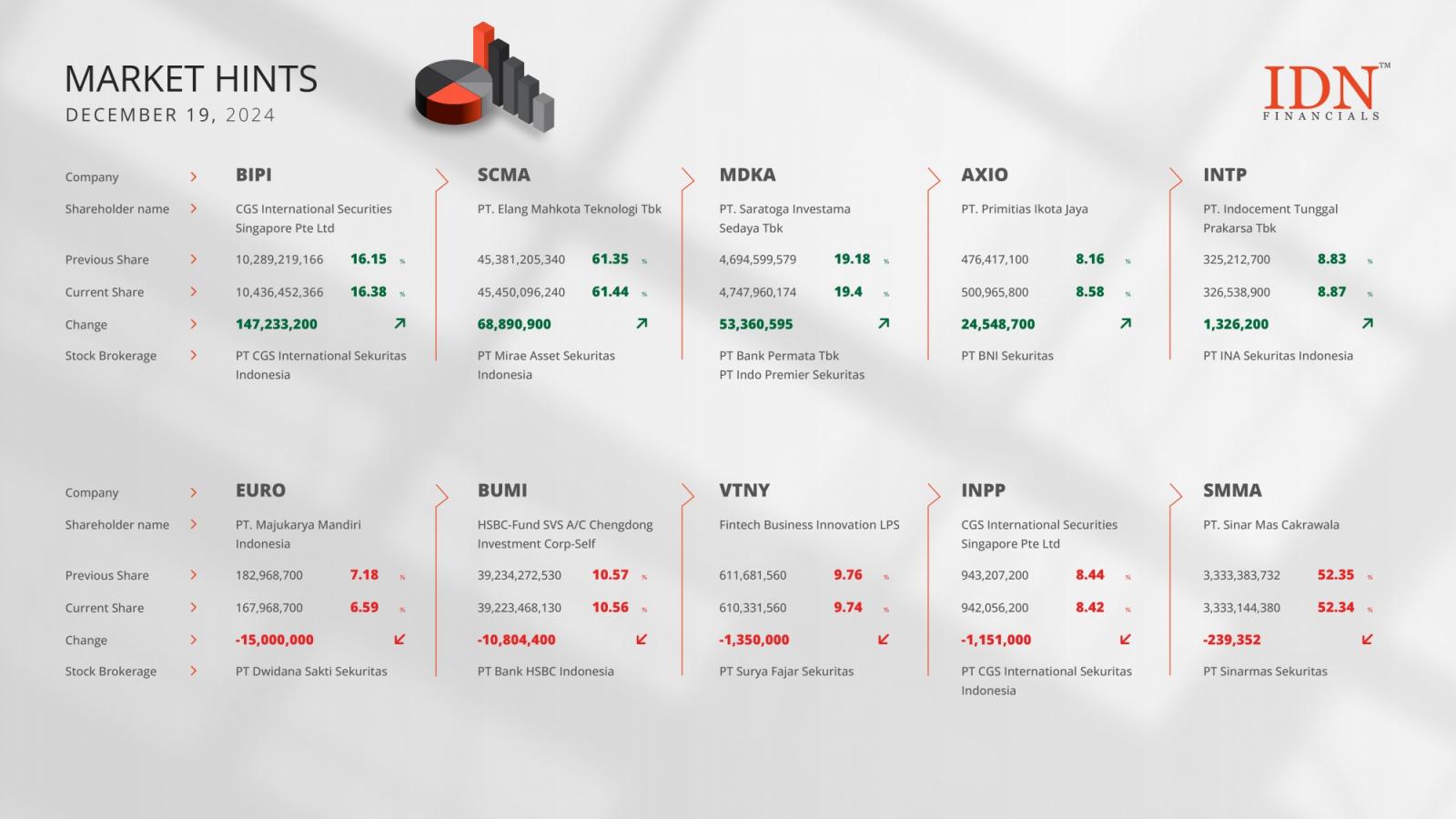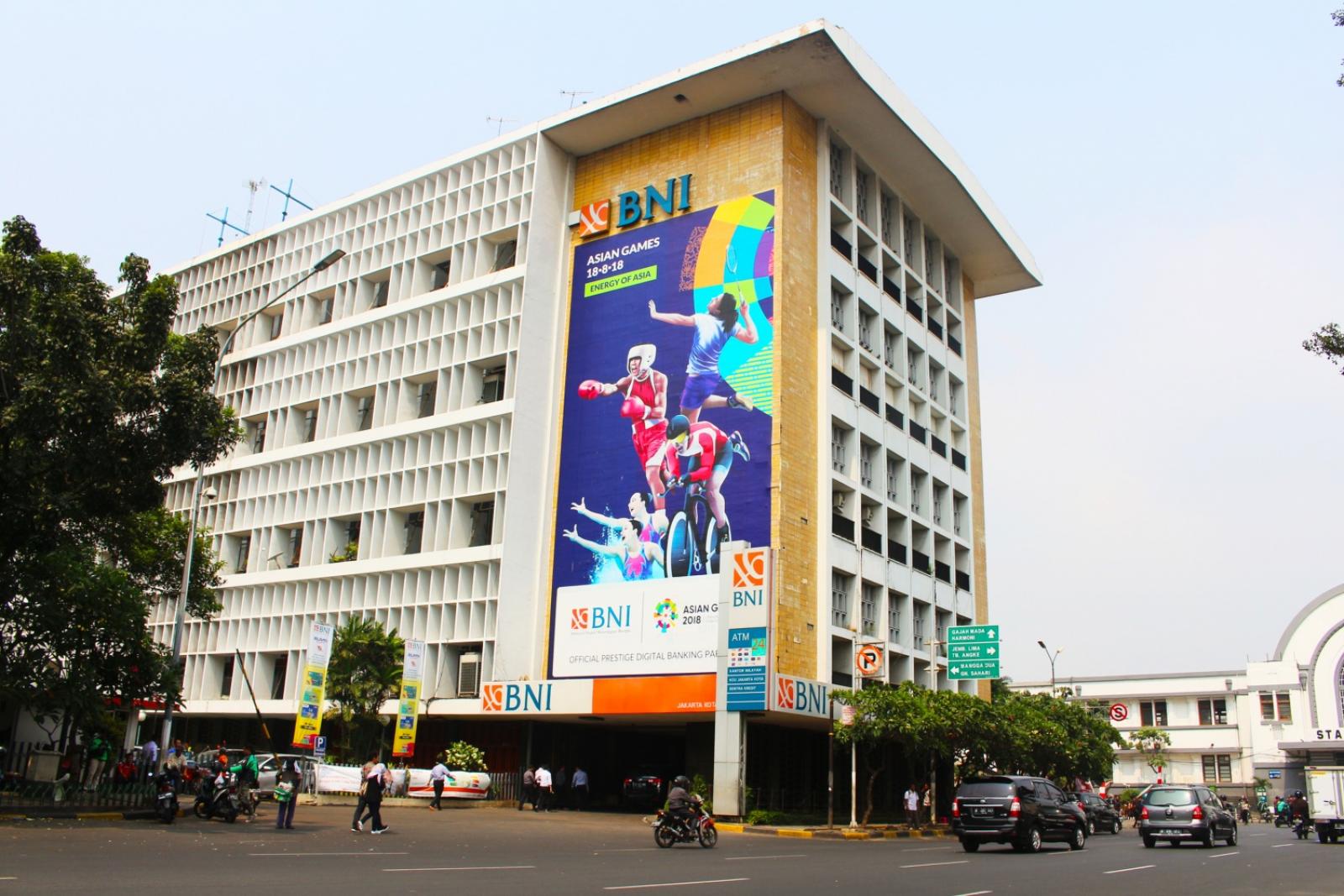Bitcoin exchange-traded funds (ETFs) listed in the United States experienced net outflows of over $226 million on Thursday, marking the third consecutive day of significant withdrawals.
Preliminary data from SoSoValue reveals that Fidelity’s FBTC recorded the highest outflow, with $106 million withdrawn.
Grayscale’s GBTC saw $62 million in outflows, while Ark Invest’s ARKB experienced $53 million being taken out.
On the other hand, BlackRock’s IBIT was the only ETF to record a net inflow, gaining $18 million. Valkyrie, Franklin Templeton, Hashdex, and WisdomTree’s ETFs showed no significant inflow or outflow activity.
The trend echoes the stream of outflows witnessed at the end of April.
Spot Bitcoin ETFs See Mix of Inflows and Outflows
Throughout the week, the U.S.-listed Bitcoin ETFs experienced a mix of inflows and outflows.
Wednesday was the sole day that registered a net inflow of $100 million into these products.
The activity coincided with a generally volatile week for Bitcoin and the broader cryptocurrency market, which revolved around Wednesday’s pivotal U.S. inflation report and Federal Reserve meeting.
The recent withdrawals have resulted in a total net outflow of $564 million from the Bitcoin ETFs over the span of three days.
Although this figure is significant, it is approximately half the amount withdrawn in the final six days of April, which totaled $1.2 billion.
The price of Bitcoin briefly surged to $70,000 from $68,000 in response to lower-than-expected U.S. inflation figures.
However, it quickly retreated below $67,000 as traders likely seized the opportunity to take profits on the price movement.
Bitcoin Could Hit $1M in 10 Years
Bitcoin has the potential to reach $1 million by 2033, with a projected cycle-high of $200,000 by 2025, according to analysts at Bernstein.
The prediction comes as Bernstein initiated coverage of MicroStrategy, a software developer and the largest corporate holder of Bitcoin.
Bernstein’s price forecast for Bitcoin is driven by the unprecedented demand from spot ETFs and the limited supply of the cryptocurrency.
The analysts now estimate that Bitcoin could potentially reach $500,000 by 2029, with the 2025 estimate revised from $150,000.
Likewise, QCP Capital has expressed optimism regarding market sentiment, citing several factors that indicate a potentially bullish outlook for the market, including CPI results.
The U.S. CPI for May surprised economists by remaining flat, surpassing expectations for a 0.1% increase and marking a decline from April’s 0.3% growth.
On a year-over-year basis, CPI rose by 3.3%, slightly lower than both analyst forecasts and the previous month’s reading of 3.4%.
The core CPI, which excludes food and energy costs, experienced a 0.2% increase in May, outperforming expectations for a 0.3% rise and surpassing April’s 0.3% growth.
Year-over-year, the core CPI rose by 3.4%, slightly below expectations for 3.5% and April’s reading of 3.6%.
The soft inflation data is seen as favorable for Bitcoin and comes after concerns about rising inflation had previously contributed to a decline in BTC prices.





